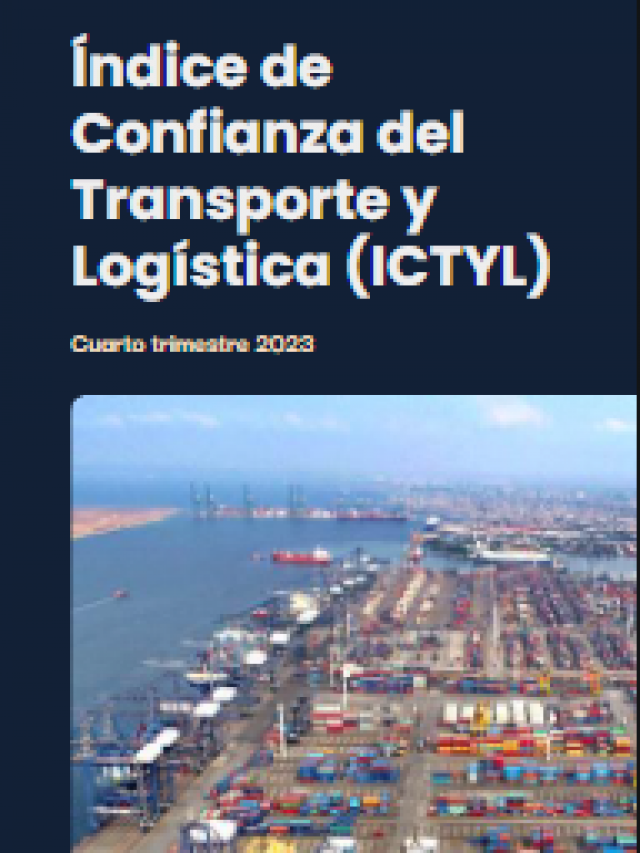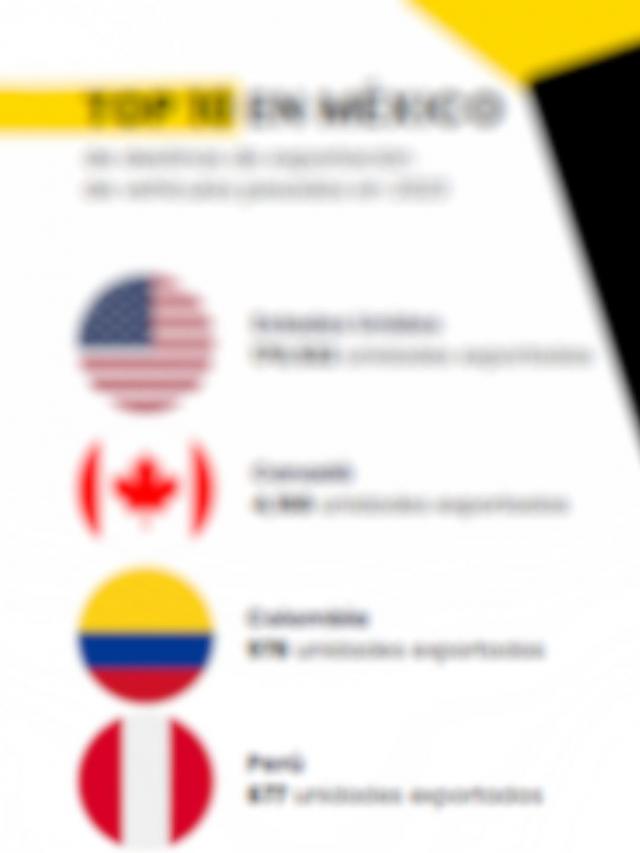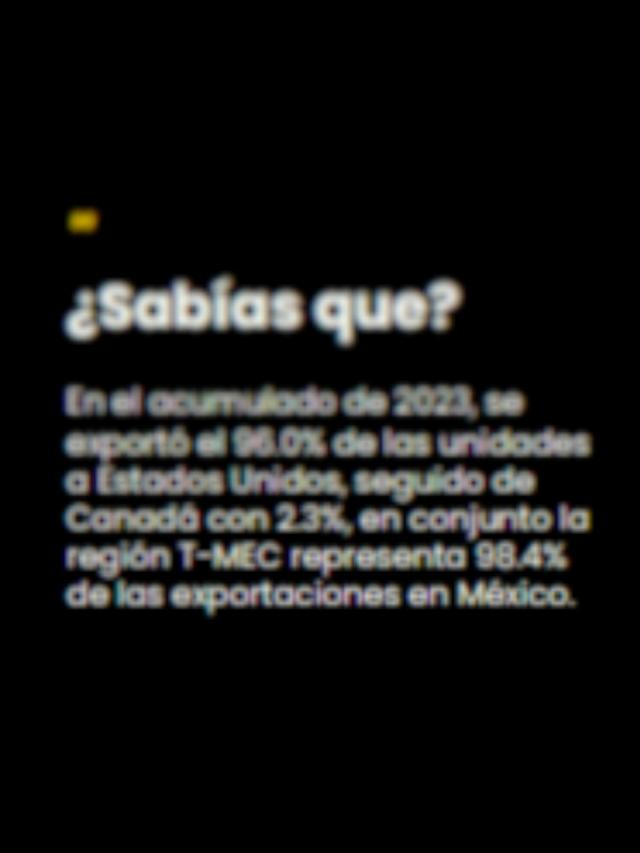
In order to optimize their operations, companies in the logistics sector in Mexico are adopting innovative solutions, where automation in storage is gaining relevance, especially in specialized logistics such as the cold chain , considered Mauricio Pascacio Sánchez , head of Storage Systems at PM STEELE , a company that offers office furniture solutions and storage systems.
For Mauricio Pascacio, the growth of the cold chain in Mexico is due to several factors, such as the increased demand for perishable goods, including food, medicines, and pharmaceuticals, as well as the expansion of international trade, with products crossing countries and continents.
The sector has also been driven by the need to maintain product quality and safety during transportation and storage, as well as investment in specialized infrastructure and temperature control technologies.
In an interview with T21 , the specialist pointed out that automated solutions, such as guided vehicles, internal transport systems and intelligent loading platforms, allow sensitive goods to be moved quickly and safely .
Handling sensitive products that require sanitary requirements presents significant challenges in their transportation, distribution, and operation , such as maintaining a constant and controlled temperature at all times and managing logistics in variable weather conditions.
It’s also necessary to guarantee the integrity and health of the merchandise during its journey, reduce losses due to refrigeration system failures, and ensure adequate infrastructure and trained personnel to operate these systems efficiently, Mauricio Pascacio stated.
Given this, organizations must have a well-planned logistics design that considers optimized routes, strategic storage points, and automated systems. “The integration of technologies such as real-time sensors and tracking systems allows for real-time monitoring and adjustment of processes, facilitating faster and more effective management,” he noted.
The specialist noted that infrastructure adjustments are needed at storage centers to avoid bottlenecks.
“The infrastructure would need to be modernized with automated systems, loading and unloading areas expanded, and connectivity between different points in the warehouse improved. Incorporating specific areas for temperature-sensitive goods, with refrigeration and automated control systems, would also help better distribute loads and prevent congestion,” he explained.
According to consulting firm Grand View Research , the logistics automation market in Mexico generated revenues of $1.058 billion in 2023 and is expected to grow at a rate of 13.9% through 2030, reflecting the rapid adoption of such solutions in the sector.
Space without limits: The vertical strategy
According to Mauricio Pascacio, companies are seeking to utilize every last corner of their warehouses through innovation.
 In this regard, he explained that the implementation of vertical storage systems, automated stacker cranes, and mobile robots is enabling unprecedented utilization of space.
In this regard, he explained that the implementation of vertical storage systems, automated stacker cranes, and mobile robots is enabling unprecedented utilization of space.
The use of inventory management software and optimized layout design are crucial for organizing spaces efficiently, eliminating wasted areas and ensuring a more streamlined flow of goods. “Industrial warehouses are now built with the long term in mind, with heights that allow for investments lasting 10 to 25 years.”
The market for automation in storage systems in Mexico has a promising outlook, as, according to the specialist, significant growth is anticipated , driven by the need to improve efficiency, reduce operating costs, and meet the growing demand for temperature-sensitive products.
Investment in modern infrastructure, artificial intelligence (AI), robotics, and real-time monitoring systems will open up a range of new opportunities for companies looking to stay ahead.
“The expansion of e-commerce and the internationalization of products offer a favorable environment for innovation in logistics and warehousing. Opportunities also include the creation of specialized cold chain distribution centers, the integration of sustainable solutions, and the adoption of technologies that allow for greater flexibility and adaptability to market needs. In short, Mexico is positioned as a market with great potential for the adoption of advanced solutions that will transform logistics and warehousing in the coming years,” he concluded.
The logistics market in Mexico reached a value of 1.27 billion dollars in 2024, and is estimated to grow annually by 10.2% between 2025 and 2034, reaching 3.044 billion dollars by the end of this period, according to the consulting firm Expert Market Research .
Comment and follow us on X:@Eliseosfield / @GrupoT21














